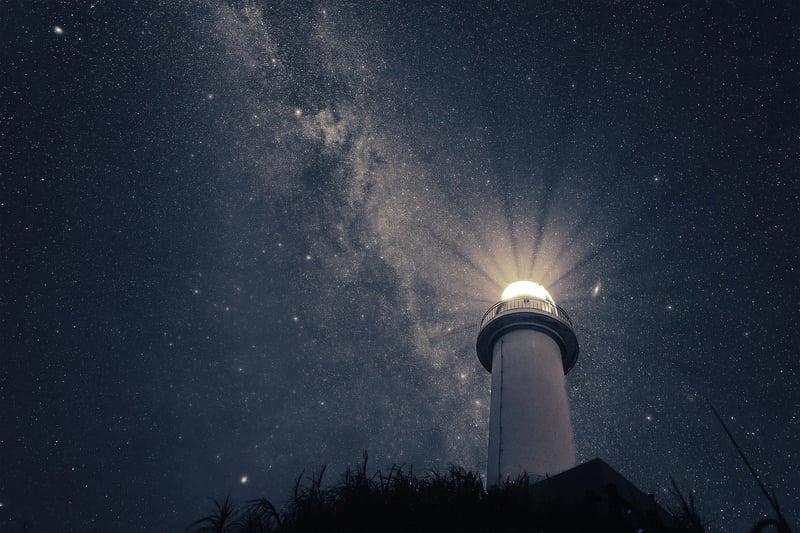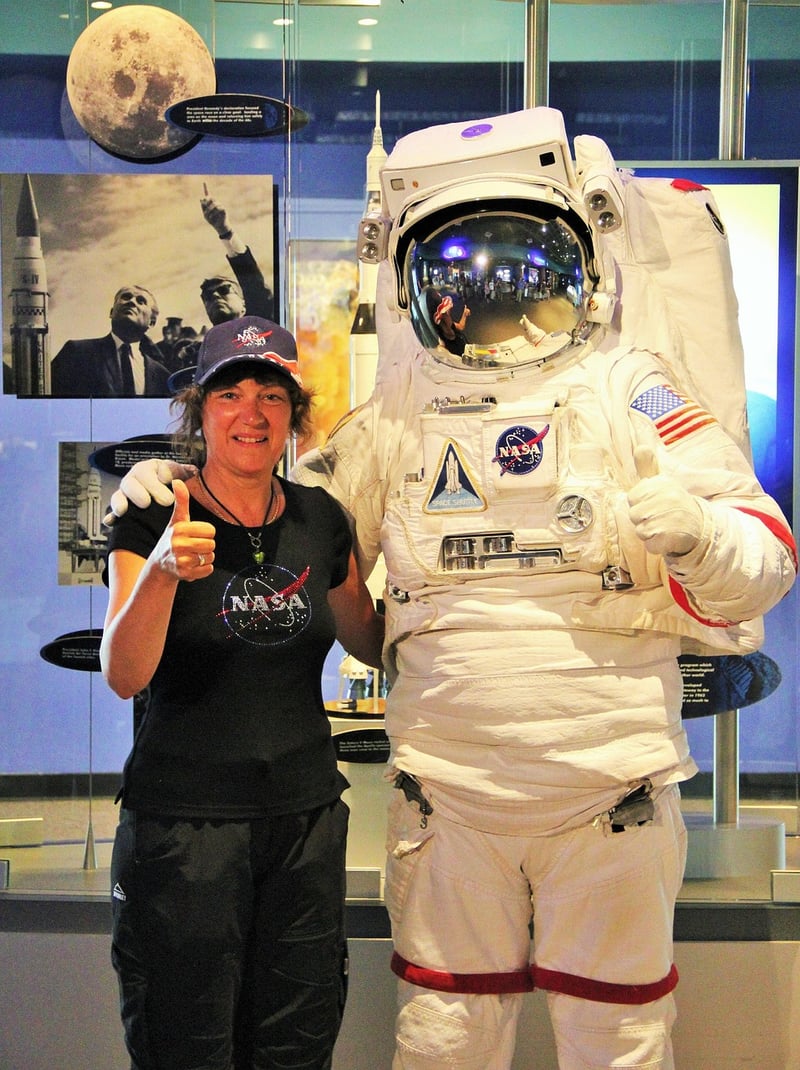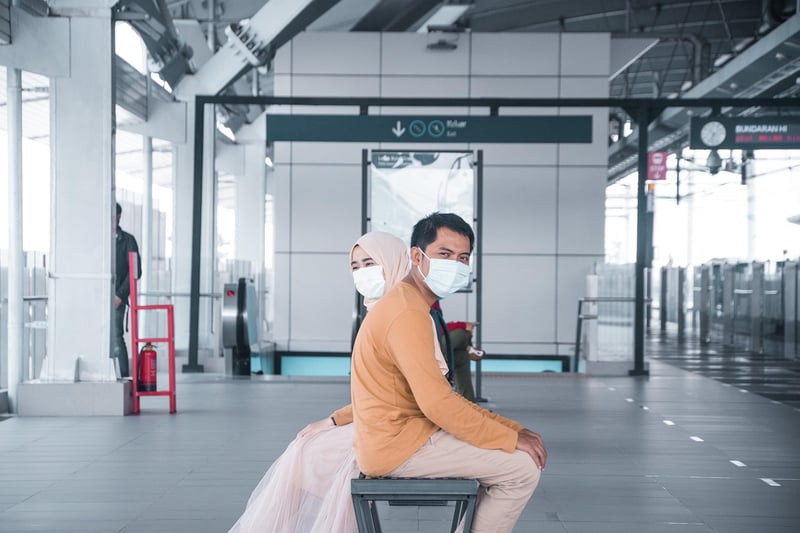Space Station Life
Adapting to Space Environments and Space Station Life
Introduction
Space exploration has always piqued the curiosity of humankind, with astronauts venturing into the unknown to conduct research and experiments in space. Adapting to the unique challenges of space environments and life on a space station is crucial for the success of these missions.
Challenges of Space Environments
Space environments present several challenges due to microgravity, radiation, isolation, and limited resources. Astronauts must undergo rigorous training and preparation to adapt to these conditions.
Microgravity
Living in microgravity can have profound effects on the human body, such as muscle atrophy, bone density loss, and fluid redistribution. Astronauts on the International Space Station (ISS) exercise regularly to mitigate these effects.
Radiation
Space is filled with radiation from the sun and cosmic rays, which can be harmful to human health. Astronauts are shielded from radiation inside the spacecraft and space station, but exposure during spacewalks remains a concern.
Isolation
Astronauts on long-duration missions face isolation from their families and friends, as well as the vastness of space. Psychological support and communication with loved ones are essential to maintain mental well-being.
Limited Resources
Space stations have limited resources such as water, food, and oxygen. Recycling systems are in place to conserve resources, and resupply missions are regularly sent from Earth to replenish supplies.
Life on a Space Station
Living on a space station is a unique experience that requires teamwork, adaptability, and a strict schedule. Astronauts perform scientific experiments, maintenance tasks, exercise, and leisure activities in their free time.
Scientific Research
Astronauts conduct experiments in various fields such as biology, physics, and astronomy to advance scientific knowledge. The microgravity environment allows for research not possible on Earth.
Maintenance Tasks
Keeping the space station operational is a priority, with astronauts performing regular maintenance tasks to ensure systems are functioning correctly. Spacewalks are conducted for repairs and upgrades outside the station.
Exercise and Health
Exercise is crucial for astronauts to maintain their physical health in microgravity. Equipment such as treadmills and resistance machines are used to prevent muscle and bone loss during long-duration missions.
Leisure Activities
Astronauts have some free time for leisure activities such as watching movies, reading books, and communicating with their families. Staying connected to Earth helps boost morale and mental well-being.
Conclusion
Adapting to space environments and life on a space station is a remarkable feat that requires physical, mental, and emotional resilience. Astronauts who venture into space pave the way for future exploration and discoveries beyond our planet.



